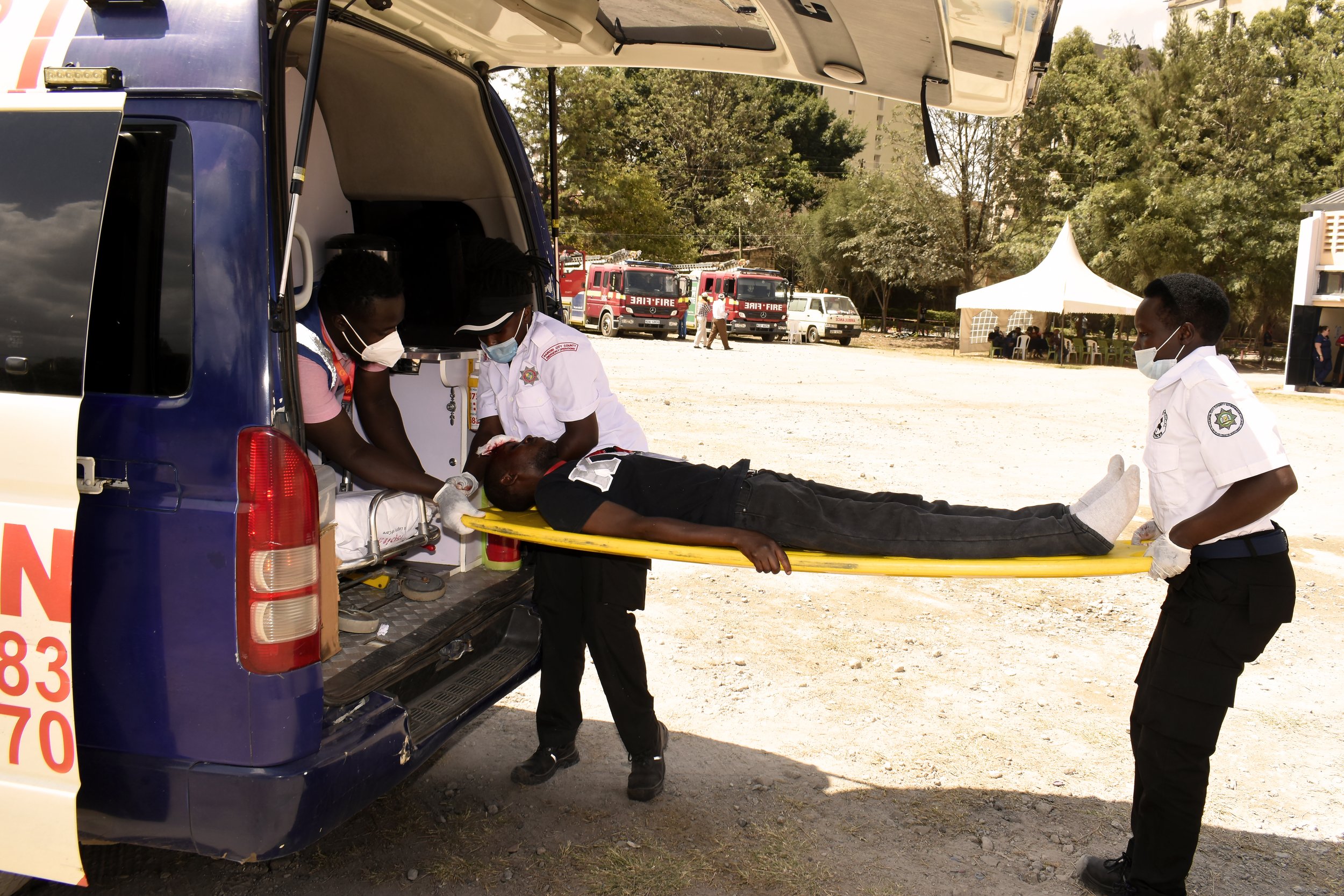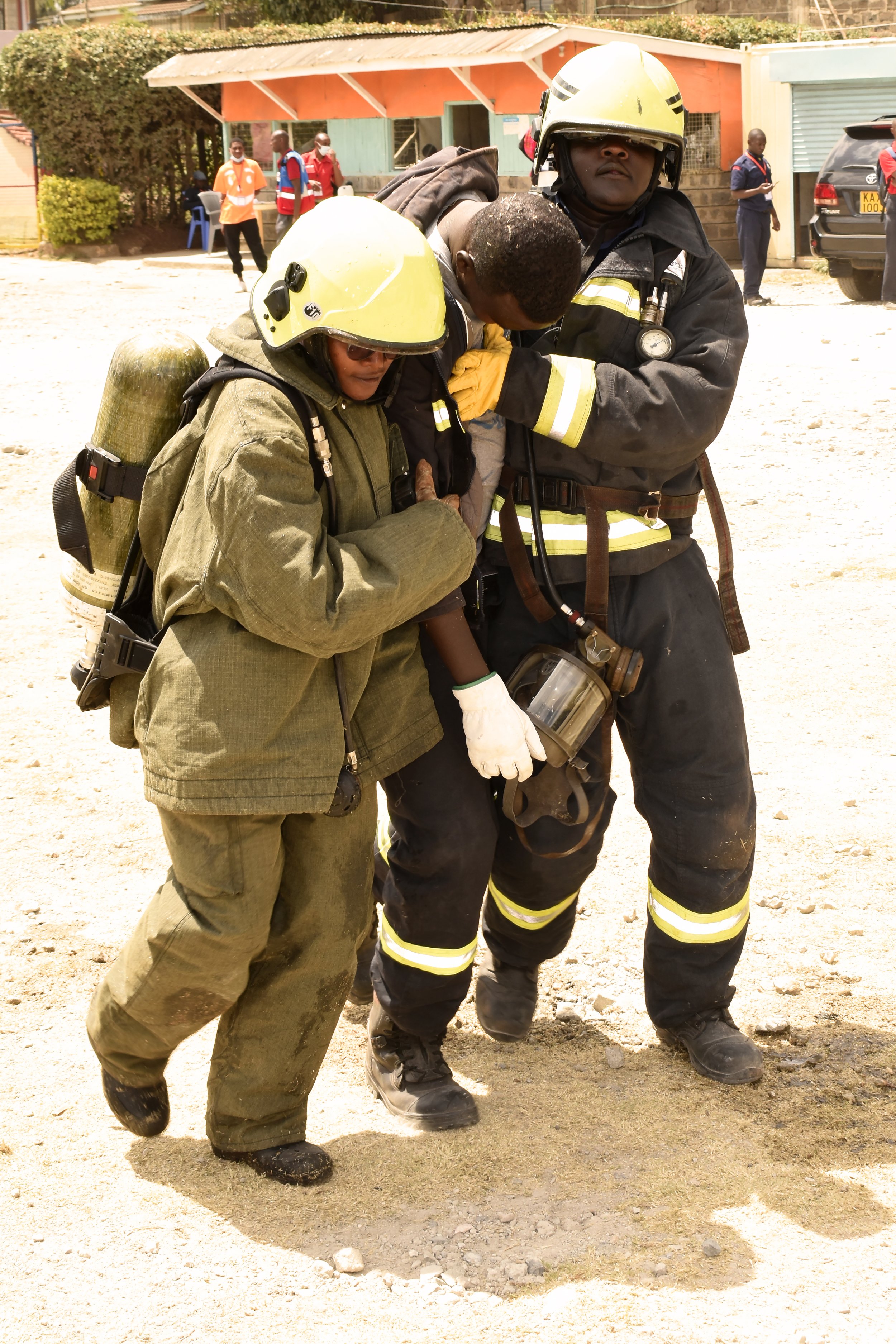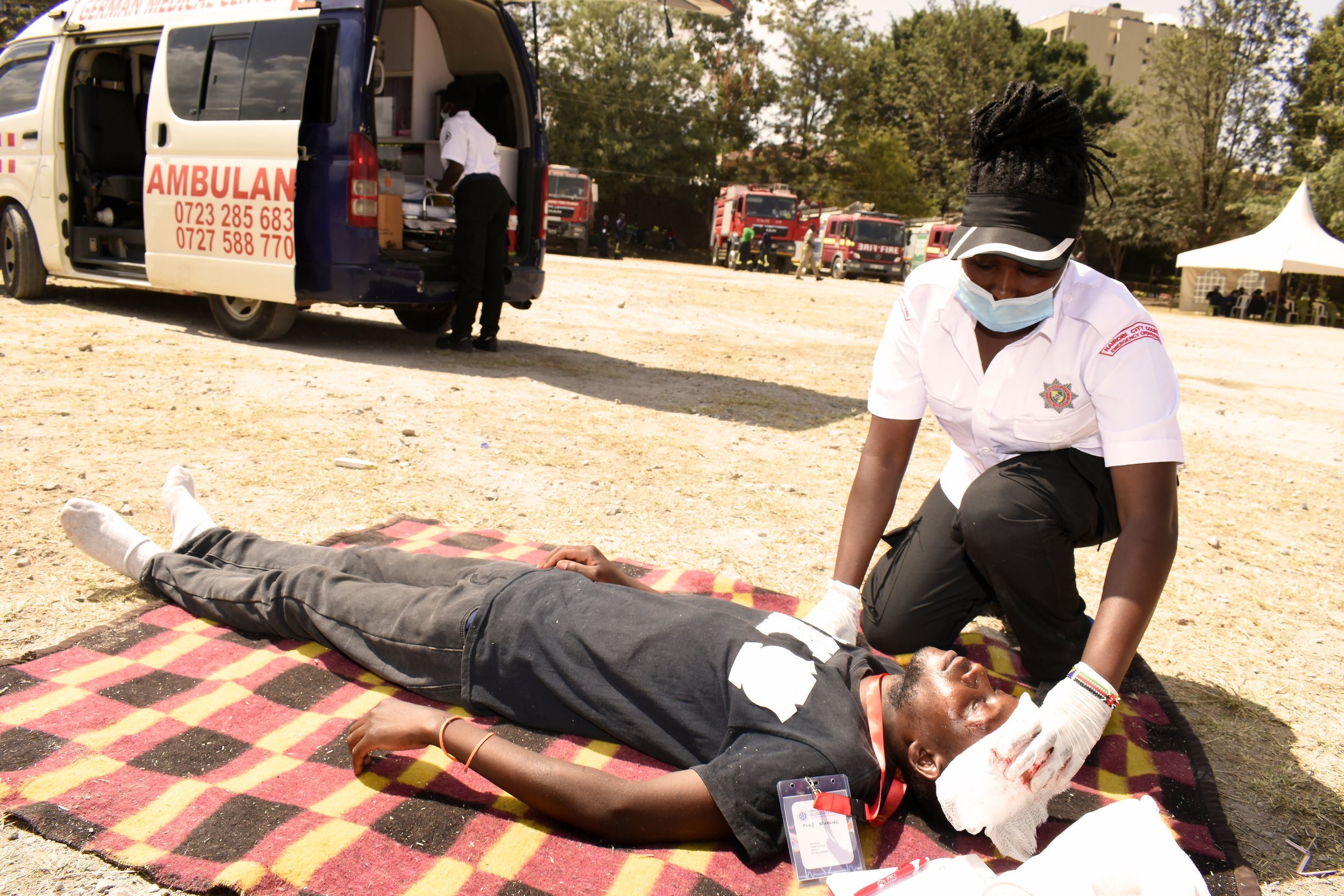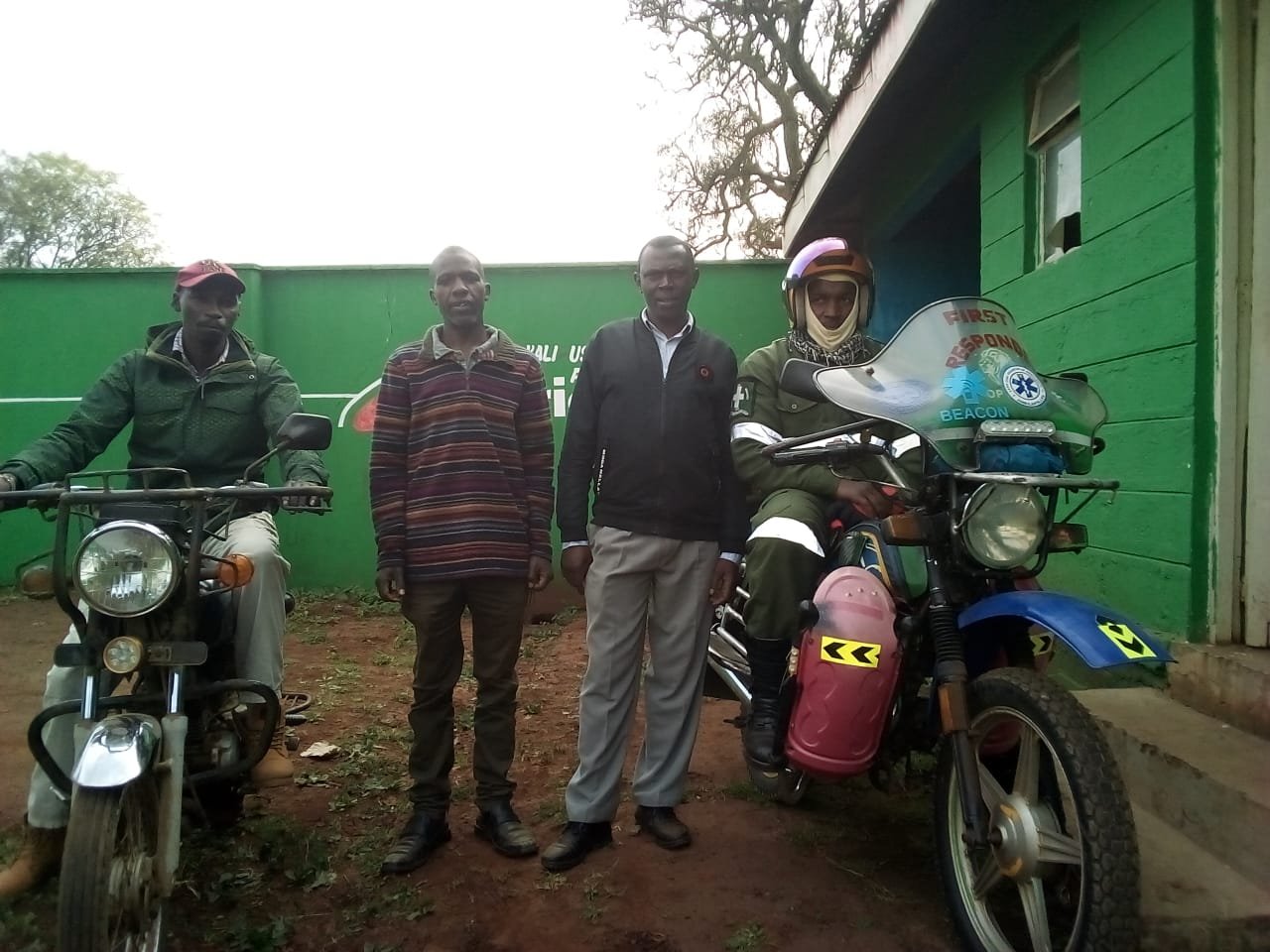By Kelvin, Seru Kenya EMR
An increase in medical ailments has led to the rise in hospitals and emergency medical services. These services assist patients who require emergency medical assistance at critical moments, helping them to reach the hospital on time and thus saving their life.
Private and public ambulance transportation services are operating in large numbers today to serve patients in critical condition.
Ambulance operating centers are set up at every hospital and private EMS. These operating centers function with adequate ambulance transportation services to offer immediate medical care for patients. Private ambulance transportation services depict a consistent rise in the growth curve each year offering non-emergency services, unlike hospital ambulance transportation services which primarily function for emergency needs.
Some of the non-emergency protocols include shifting patients from one hospital to another, transporting patients for any scanning or laboratory services to the relevant facilities, and having patients with traveling disabilities ride in normal vehicles to hospitals for treatments.
Emergency ambulance services are usually equipped with adequate medical equipment and paramedical professionals. Sometimes, non-emergency ambulance transportation services are also equipped with some basic medical aids and paramedical staff to cater to the needs of immediate medical care to patients.
HERE ARE A FEW THINGS TO KNOW ABOUT PARAMEDICS, WHO ARE THE BACKBONE OF AMBULANCE TRANSPORTATION SERVICES.
1) Paramedics or paramedical professionals are the first to treat patients, even before doctors. They save patients through immediate medical procedures ensuring the vitals are stable before reaching hospitals for further treatments.
2) Paramedics are trained healthcare professionals and sometimes have equivalent training to doctors. They can be authorized to assist patients with required medications and procedures.
3) Paramedics roles were established before World War I and their services were mostly rendered to soldiers on the battlefield. In those days their function was closely associated with the military. Later, ambulance services with paramedics were put into function to offer immediate medical care for civilians as well.
4) Education level, standards, functions, and skills of paramedics vary by country. However, certain standard functionalities remain common. Such as being trained to practice CPR, procedures for cardiac arrest patients, usage of defibrillators, certain analgesic, paralytics, sedative medications for pain control, first aid to treat burns, fractures, childbirth complications, spine injury, airway management, blood control, etc.
6) Paramedics and physiotherapists have one of the noblest professions in Kenya Africa and the world at large. Earlier physiotherapy did not gain as much recognition as today where physiotherapists are looked at as saviors offering treatments as an alternate to surgical procedures in most of the cases and post-surgery maintenance for a quick recovery to a normal lifestyle.
7) One should respect the noble service of pre-hospital providers who form an integral part of ambulance services.
8) The youth of our nation should get involved in such noble services by joining community life-saving teams and getting careers rather than wasting their resource and potential indulging in unwise activities.
9) Moreover, the government should take initiatives to support the volunteer first responders at the community level and to empower them to continue saving lives at the scene, before qualified personnel arrives.
WHY SHOULD BOTH A FIRE TRUCK AND AN AMBULANCE ALWAYS SHOW UP FOR A MEDICAL EMERGENCY?
When a call comes in, dispatchers often are not given precise or complete information.
As such, units are dispatched ready for the worst-case scenario. To ensure the highest level of care, the closest fire engine station is dispatched, and EMS sends an ambulance (staffed with two paramedics).
No medical call is “routine.” At a minimum, most emergencies require assessing the patient, obtaining their vital signs, providing oxygen therapy, and moving them.
EMS may also need to place an advanced airway, administer drugs intravenously, or monitor cardiac conditions. All of these procedures are completed more efficiently when the appropriate amount of help is on the scene.
Efficient care is our goal, and it is often the difference between life and death.
Unfortunately, units have no way of knowing what they will encounter on a call until they arrive. They work in a “what if” and “all-risk” business.
Responding to the unknown is public safety.
Emergency hotlines are your instant go-to when the need arises. That’s why it is important that you keep a copy of each of the important ones with you.





